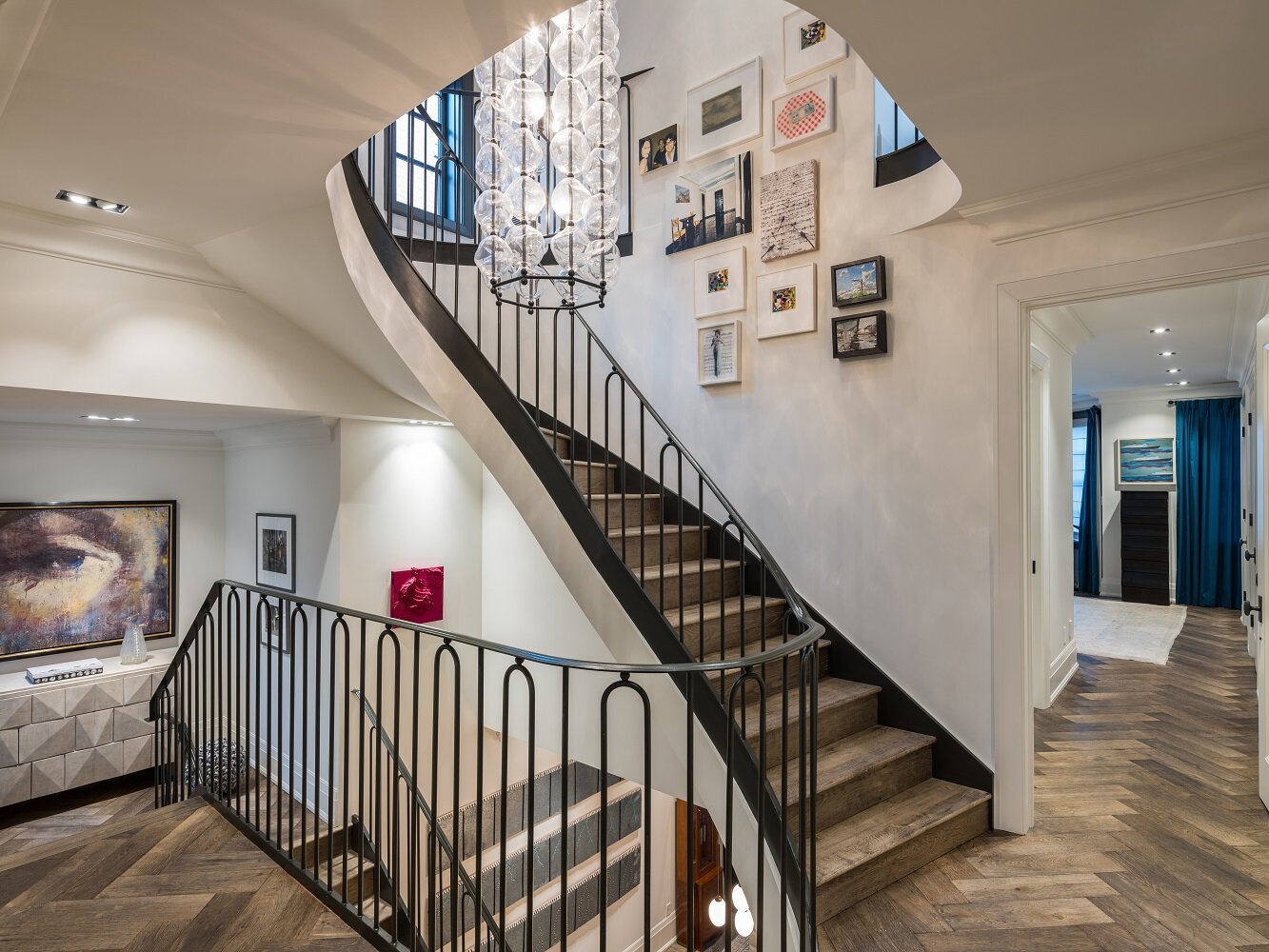Insight: Collections are a passion, and whatever their financial value, they require diligence when it comes to their care.
By Steve Smith, Managing Director, Smith Greenfield
Collections are a passion, and whatever their financial value, they require diligence when it comes to their care.
At Smith Greenfield, we have been insuring collections of art, antiques and more for over 25 years. Drawing from our experience, here we share with you some considerations for risk management and insurance.
Record keeping
It’s important to accurately catalogue your collection detailing where it is kept (on loan, at home, storage) and checking all art documentation to confirm both provenance and value. This will almost certainly help in arranging insurances and without doubt will make any insurance claim run more smoothly.
Assess your space
It sounds obvious but the how and where of installation will be a great help in the care and maintenance of your collection. It is prudent to use a professional, for example, in the hanging or moving of a heavy antique mirror.
At home, try not to position art under water pipes, near doors or in direct sunlight. Whilst natural light needn’t be kept out entirely, there are measures you can take to help preserve the condition of certain pieces. Protective films are available for windows and skylights, and specialist glass in frames and other display options should be considered.
Should you be displaying objects on a yacht, humidity and moisture should be carefully controlled.
On the move
One of the biggest dangers to art is when it moves. If you are loaning out a piece or need it moved to another property then ensure it is correctly insured ‘door to door’. It is important to have items professionally handled, packed and transported by specialists.
Damage v loss
Damage is more likely than a total loss. Many homes have installed heat detectors rather than smoke detectors. Cool smoke will also lead to damage so consider having both types of detection and, should there be an event such as a fire at your property, have in place a disaster plan incorporating a list of items to be saved if it is safe to do so.
Keeping an eye
By rotating your display, you can keep in touch with the condition of your collection. Working with a professional, this affords you the opportunity to check frames and backs, and to spot anything needing attention early.
Minimising risk
Regular appraisals, updating of valuations and keeping your specialist insurance broker informed of changes is vital to ensure that, should the worst happen, your art can be restored in the event of damage.
Art insurance can be complex, and at Smith Greenfield we bring a wealth of experience to make sure your interests are fully protected. We are committed to providing collectors with tailor-made insurance solutions that bring peace of mind. For further information and to arrange a complimentary insurance review, please visit smithgreenfield.co.uk

